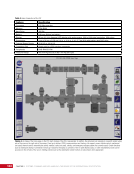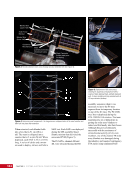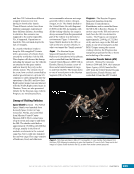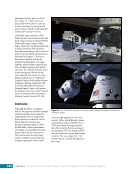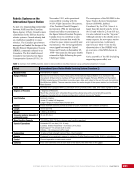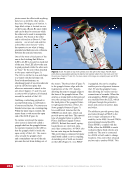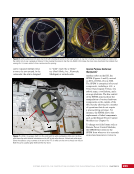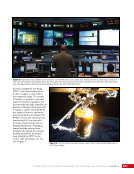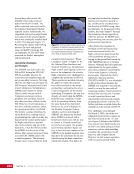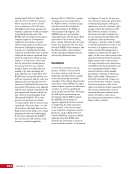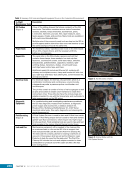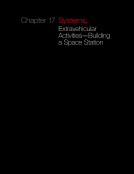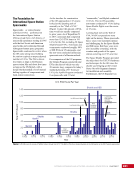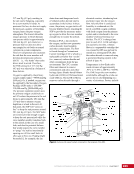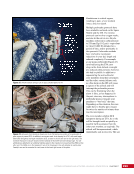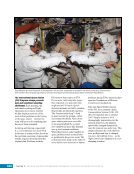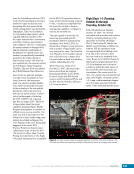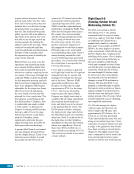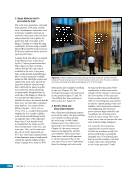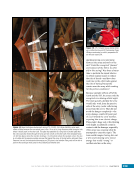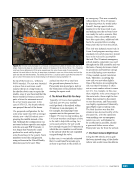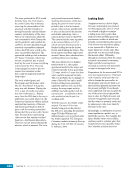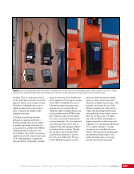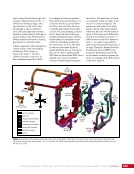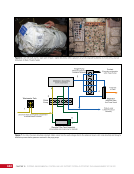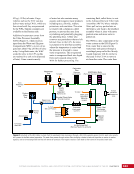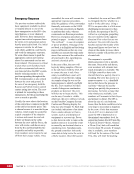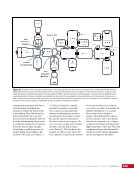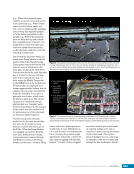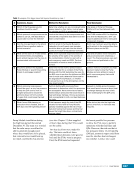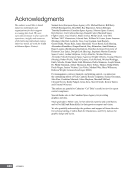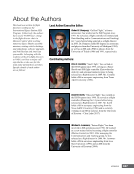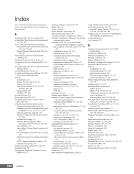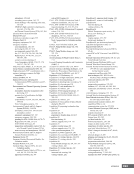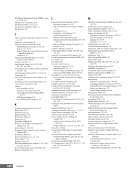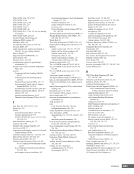xxviii supports the power systems https:// www.nasa.gov/sites/default/files/ atoms/files/np-2015-05-022-jsc-iss- guide-2015-update-111015-508c.pdf, a computer scientist might support the computer systems)—it is not strictly required. Math and English majors and even astronomers have been, and still are, flight controllers. Initial training provides every new person with general knowledge of spaceflight operations, the vehicle, visiting spacecraft, the NASA organization, how to work with international partners, and even how to conduct meetings. Training involves completing computer-based training, reading manuals and instruction books, and attending classroom lessons. Eventually, the student supports simulations where the operations of the ISS are reproduced by computers and significant failures can be experienced by the team. Training in general and simulations specifically are described in more detail in Chapter 10. Once certified, flight controllers, instructors, and flight directors all must continue to perform proficiency training and evaluation to ensure they remain at peak performance levels. Flight directors are generally selected from seasoned flight controllers. As of 2017, 91 individuals have become certified NASA flight directors. CSA (St. Hubert, Canada) • Space Operations Support Center (SOSC) Orbital ATK (Dulles, USA) • Orbital ATK Control Center – Dulles (MCC-D) NASA/Johnson Space Center (Houston, USA) • Mission Control Center – Houston (MCC-H) NASA/Marshall Space Flight Center (Huntsville, USA) • Payload Operations Integration Center (POIC) Space X (Hawthorne, USA) • Space X Control Center (MCC-X) RSA (Korlev, Russia) • Mission Control Center – Moscow (MCC-M) ESA (Oberfafenhoffen, Germany) • Munich Control Center NASDA (Tsukuba, Japan) • Space Station Integration and Promotion Center (SSIPC) Figure 9. Control centers that affect the ISS around the world. Similar structures, room layouts, training, and operations occur in the various control centers around the world that manage the ISS (Figure 9). See also Herd, Dempsey, & Leeuwen. (2013). Joint training between the various control centers is performed for specific mission activities (e.g., activating the Columbus module, docking the European cargo vehicle). Pictures of the different control centers can be found in https://www.nasa.gov/sites/ default/files/atoms/files/np-2015- 05-022-jsc-iss-guide-2015-update- 111015-508c.pdf. The control rooms of the CSA Space Operations Support Center (see also Chapter 15) and the Payload Operations Integration Center are shown in Figure 10. The American visiting vehicle control centers are displayed in Chapter 14.
Purchased by unknown, nofirst nolast From: Scampersandbox (scampersandbox.tizrapublisher.com)








































































































































